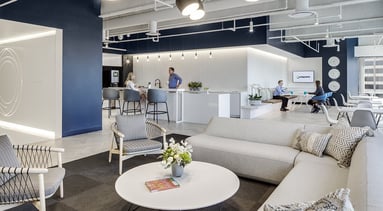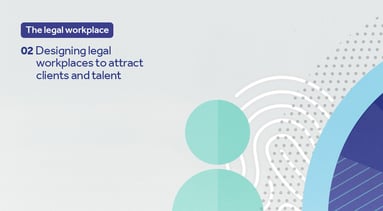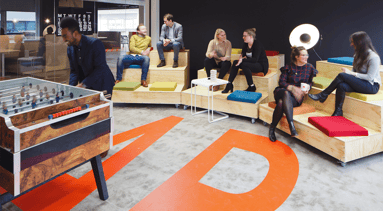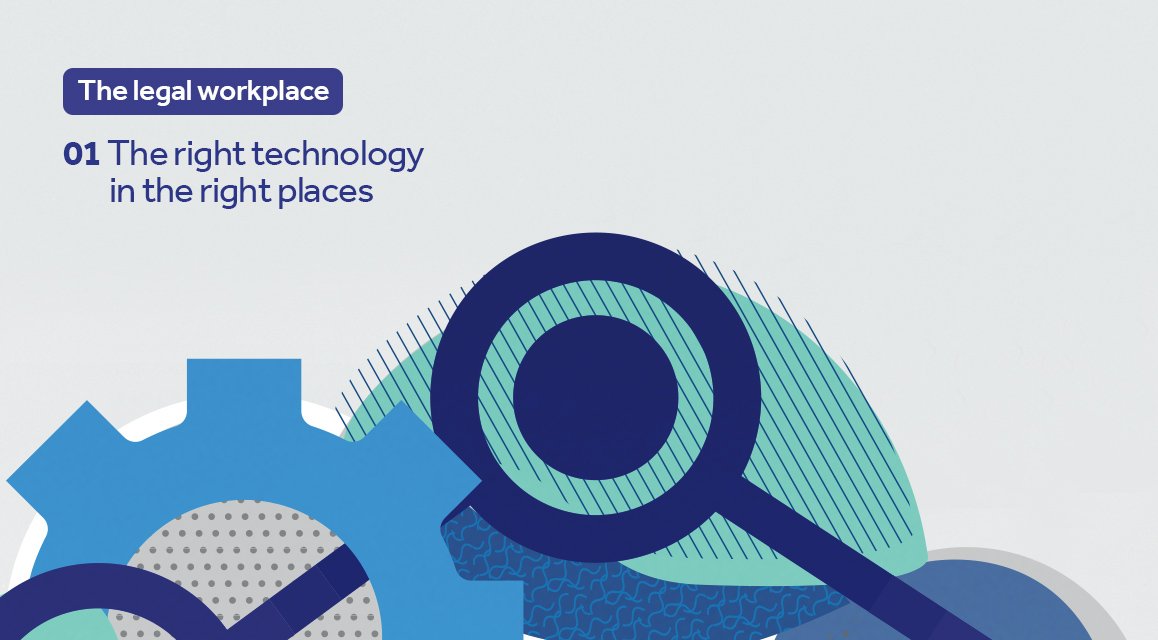
Law firms are bombarded with news of the latest technology and what it can do, with more categories and products than you could hope to count. So how do you choose? And what’s the impact on the people who use it?
In your firm, do people go where the technology is – or does it go with them? For example, do you choose applications that support agile, flexible usage because your people already work at different desks or in different locations – or because you want to encourage that flexibility?
Can lawyers and staff move easily between locations and platforms, thanks to Cloud-based apps, secure printing and document storage – which facilitates sharing and collaboration? Can they do it all with the same seamless interface, whether they’re on a mobile or desktop device? Or are they trapped where their computer is?
Even these are some of the simpler questions. While some technologies are well-known (even if not in common usage yet), like electronic document management, optical character recognition and voice recognition, forward-looking firms are investing in more advanced technologies like AI, predictive analytics, the Internet of Things and blockchain.
So how do you choose where to invest, when there are so many competing requirements and you won’t know the value until down the line? Whatever you choose, the only way to give new technologies a chance in your business is to prove the benefits and get the leadership behind it, or people may not get on board.
Procurement matters, too. Who decides what software to consider? The senior partner who read an article in an in-flight magazine? The IT department, even though it probably doesn’t understand the work each employee does? Must software requests be brought to the IT team for a painfully lengthy testing and procurement process, and perhaps the wrong decision?
Or can teams themselves decide on and acquire the tools they need? Increasingly, smart businesses let employees identify the software of most benefit to them. Often these are highly focused apps for one specific task. When they’re from newer, more agile developers, they usually start in the Cloud instead of having to migrate later, which means updates are free and frequent.
In summary, if you want your workspace and your people to be more agile, then it may be time to make your technology more agile, too.
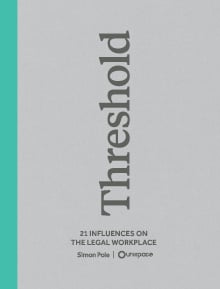 More like this, but much deeper?
More like this, but much deeper?
The 200 page book details all you need to know about current and future trends for your legal workplace and includes topics such as: AI, generations in the workplace, talent acquisition, work styles, client experience, and more.
Our Global Design Director, Simon Pole, has a special interest and experience in the legal sector. In this book, he shares his in-depth thoughts about a wide range of issues, from AI to the battle of the generations via smart buildings and serendipity.
